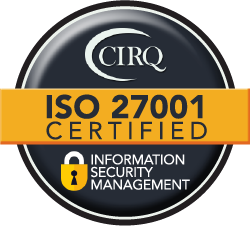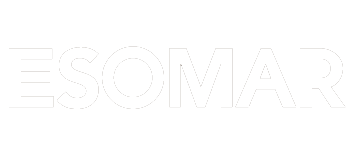The Power of Qualitative Research: Part 3
In our latest eBook, Applying Qualitative Research to Marketing Challenges: Better Insight, More Success!, we explored how qualitative research addresses common marketing and business challenges, such as developing new products or better understanding your brand. For each of those challenges, we included a case study to illustrate how qualitative research provided important insights to marketers.
Because case studies can bring a fresh perspective that generates new ideas, we are happy to bring you:
- A case study demonstrating how to use qualitative techniques to mine for new product ideas with employees.
- And a case study illustrating a B2B sales improvement effort using in-depth interviews with decision makers.
We hope you find them useful!
EXISTING PRODUCTS TO NEW MARKETS
An international flooring manufacturer was interested in identifying new product ideas to take their business to the next level. A comprehensive program of customer research was developed. However, as it happened, all of their sales people were going to be together for a sales meeting, so as a first step, management wanted to learn what they could tell them about customer needs. The products and services identified by the salespeople would then be further evaluated in the customer research.
During the course of the meeting, the sales teams were split into several smaller groups to brainstorm new product ideas. Management identified three types of customers that had particularly high potential for the company, and developed large drawings of a “typical” facility for each of those target customers. Each group was given three fresh drawings, one for each type of customer, and asked to write their new product suggestions on the drawings. After the sessions were complete, and all groups had a chance to give input, the team generating the most ideas was given $100 gift cards. The company generated over 100 new product ideas in this process, took ten of them successfully to market, eventually generating an additional 17% of revenue annually.
KEY TAKE-AWAYS:
- Don’t overlook employee knowledge when developing ideas for new products/services.
- Qualitative research techniques do not have to be limited to the typical qualitative research settings. Be creative in where and how you conduct qualitative research for optimal results.
LOST SALES ANALYSIS
An international construction management company had recently purchased a regional U.S. company to gain entry into the vibrant Southeastern U.S. market. However, after the acquisition, the company was not winning as many construction contracts as it expected. Management was uncertain about the cause and what should be done to address the issue. Was the brand not known well enough? (They had changed from the local brand to their international brand upon acquisition.) Was their proposal the problem? Were they overpriced? Or did the new sales team simply not have the necessary relationships in the new market? In order to determine what issues to address, the company commissioned qualitative research in the form of in-depth interviews with decision-makers for business they had recently lost. These construction decision-makers were asked about the bidding process, where the company had missed the mark and what the winning bidder had done better. While the company had a strong brand and a global reputation, key weaknesses were:
- Lack of important local relationships due to high turnover
- Uninspired proposals that did not stand out from competitors
- Inability to identify and address the clients’ hot buttons (e.g., specific construction experience, concerns about the environment, etc.)
After the results were in, the company decided to refresh their proposals to bring them into alignment with what decision-makers expected and needed from bidders. Additionally, they adjusted their sales process to rebuild relationships and trained sales staff to better identify the key issues for each project. The situation turned around quickly, and the company’s win-rate improved far beyond expectations.
KEY TAKE-AWAYS:
- Ask the people who have the information you need. While lost customer research may not be comfortable, the information is invaluable.
- Choose the right qualitative technique: the decision makers would likely not have been as forthcoming about how they make decisions if they had been in a focus group with their peers.
SUMMARY
Qualitative research helps businesses make better decisions about brands and new products and services. Whether you’re working with consumers, customers or employees, qualitative research gives businesses the freedom to creatively explore new ideas. From idea generation to product launch, to success tracking and additional development, qualitative research techniques can be applied to a wide array of business challenges.

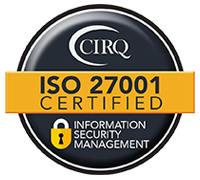

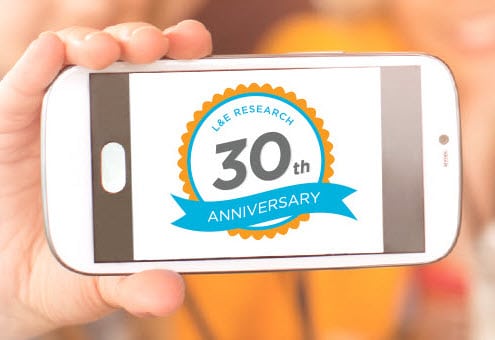
 So it is fitting that L&E Research was also founded in 1984. Taking its place among these other blockbuster business events, L&E has grown to be a regional staple in the qualitative research industry.
So it is fitting that L&E Research was also founded in 1984. Taking its place among these other blockbuster business events, L&E has grown to be a regional staple in the qualitative research industry.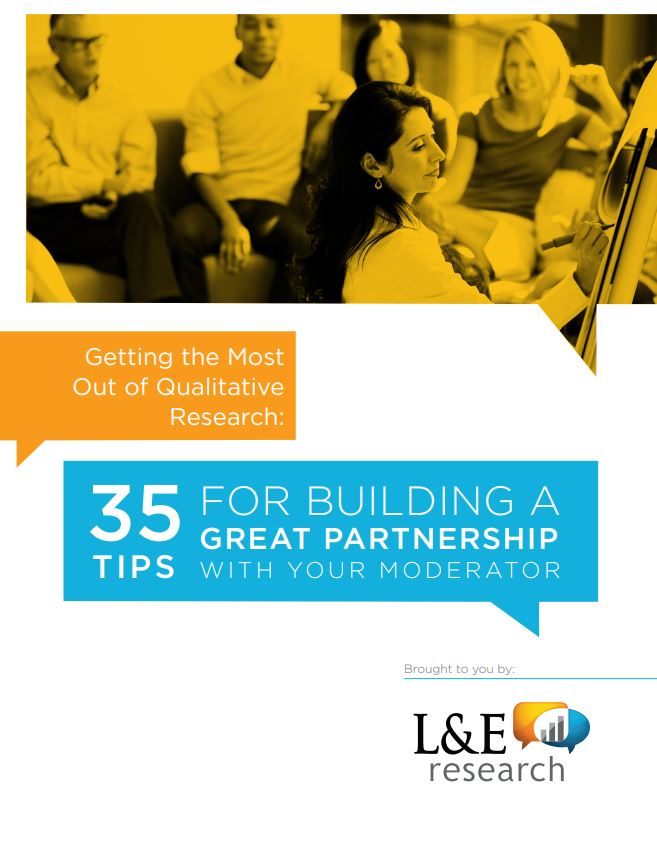
 Our new eBook,
Our new eBook, 